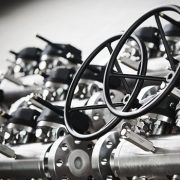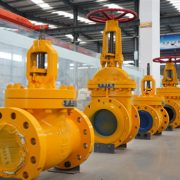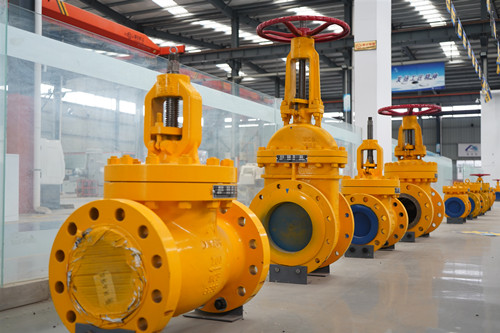Which material is better for industrial valves body? A105 or WCB?
The common material of valve body includes carbon steel, low-temperature carbon steel (ASTM A352 LCB/LCC), alloy steel (WC6, WC9), Austenitic stainless steel(ASTM A351 CF8), cast copper-alloy titanium alloy, aluminum alloy, etc., of which carbon steel is the most widely used body material. ASTM A216 WCA, WCB and WCC are suitable for medium and high-pressure valves with a working temperature between -29 and 425℃. GB 16Mn and 30Mn are used under the temperature between -40 and 450℃, are commonly used alternative materials like ASTMA105. Both contain 0.25 Carbon, here let’s clarify the difference between WCB and A105 valves:
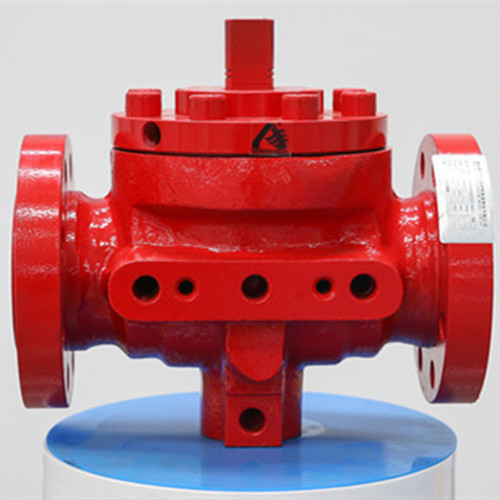
- Different materials and standards
Carbon steel for A105 valves means forged steel in ASTM A105 standard. A105 is a common material belongs to United States standard ASTMA105/A105M and GB/T 12228-2006 (basically equivalent).
Carbon steel WCB valve belongs to ASTM A216 specification with grades WCA and WCC, which feature slight differences in terms of chemical and mechanical properties, equivalent to the national mark ZG310-570 (ZG45).
- Different molding methods
A105 valve can be forged by plastic deformation to improve the internal structure, good mechanical properties and even grain size.
WCB valves by cast liquid forming that can cause tissue segregation and defects and can be used to cast complex workpieces.
- Different performance
The ductility, toughness and other mechanical properties of A105 forged steel valves are higher than WCB castings and can bear greater impact force. Some important machine parts should be made of forged steel.
WCB cast steel valves can be divided into cast carbon steel, cast low alloy steel and cast special steel, which are mainly used to make parts with complex shapes, difficult to forge or machined and requires higher strength and plasticity.
In terms of the mechanical properties of materials, forgings of the same material have better performance than castings because of the denser grain structure and better airtightness but an increased cost, which is suitable for high requirements or the temperature less than 427℃, such as the pressure reducer. We recommended that A105 cover body material for small size valve or high-pressure valve, WCB material for large size valve or middle and low-pressure valve due to mold opening cost and material utilization rate of forging.
As a fully stocked manufacturer and distributor of the industrial valve, PERFECT provides a complete line of valves for sale that is supplied to various industries. Available valve body material including carbon steel, stainless steel, titanium alloy, copper alloys, etc and we make the material easy to find for your valve need.


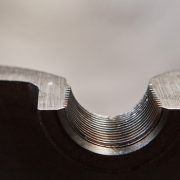

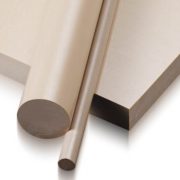
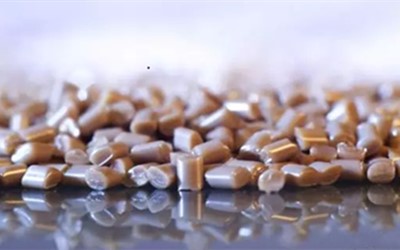
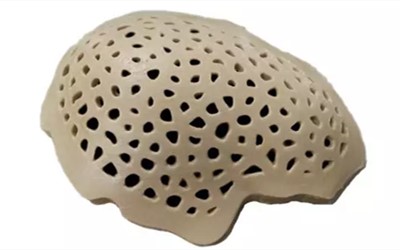
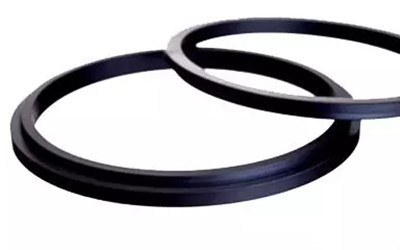
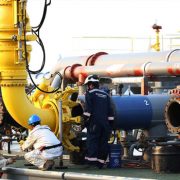
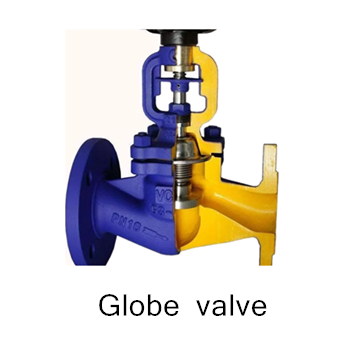 Globe valve and butterfly valve are two common valves used to control the flow in the pipeline. The disc of the globe valve moves in a straight line along the centerline of the seat to open and close the valve. The stem axis of the globe valve is perpendicular to the sealing surface of the valve seat, and the opening or closing travel of the stem is relatively short, making this valve very suitable for cutting off or adjusting and throttling as the flow.
Globe valve and butterfly valve are two common valves used to control the flow in the pipeline. The disc of the globe valve moves in a straight line along the centerline of the seat to open and close the valve. The stem axis of the globe valve is perpendicular to the sealing surface of the valve seat, and the opening or closing travel of the stem is relatively short, making this valve very suitable for cutting off or adjusting and throttling as the flow.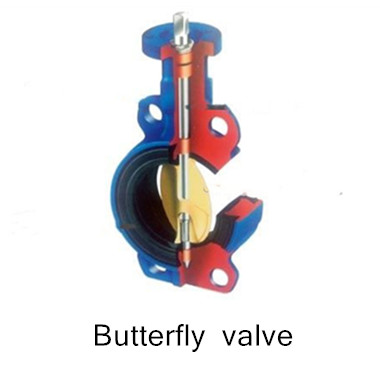 Butterfly valve’s plate-shaped disc rotates around its own axis in the body to cut and throttle the flow. The butterfly valve is characterized by its simple structure, small volume, lightweight, the composition of only a few parts, and rapid opening and closing by rotation of only 90°, fast control of fluid media, which can be used for media with suspended solid particles or powdery media. Here we’ll discuss the difference between them, if interested, please read on.
Butterfly valve’s plate-shaped disc rotates around its own axis in the body to cut and throttle the flow. The butterfly valve is characterized by its simple structure, small volume, lightweight, the composition of only a few parts, and rapid opening and closing by rotation of only 90°, fast control of fluid media, which can be used for media with suspended solid particles or powdery media. Here we’ll discuss the difference between them, if interested, please read on.